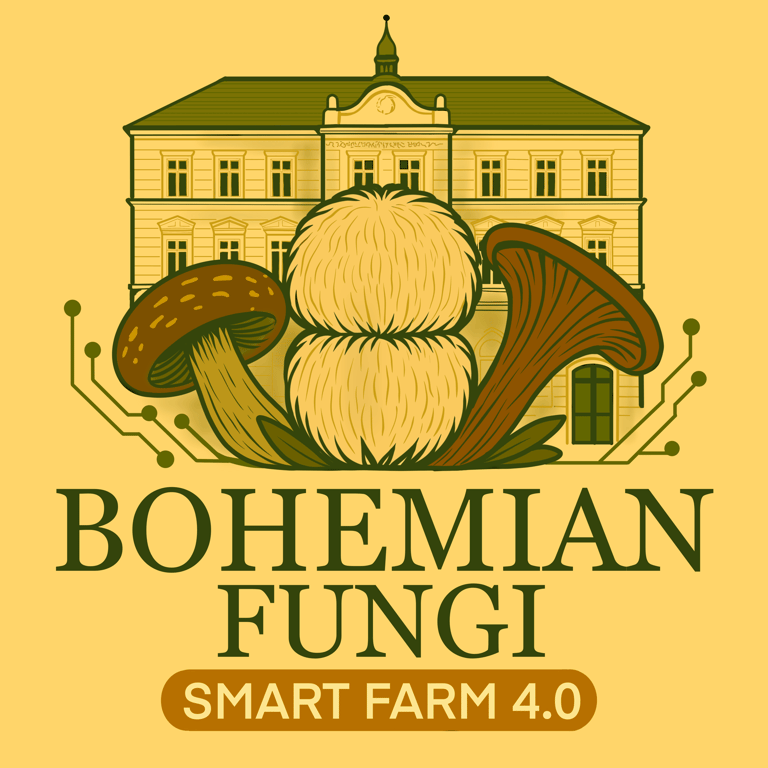The Complete Lifecycle of Gourmet Mushrooms : Oyster, Lion's Mane, and Shiitake
An explanation of the lifecycle of mushrooms in the wilderness.
MA - GENERAL KNOWLEDGEMYCOACADEMY
5/29/20252 min read
Video credit : Freshcap (Web, Youtube)
How Mushrooms Grow (The Real-Life Cycle)
Oyster, lion’s mane, shiitake—they look like finished products when they hit your plate, but their journey is pretty wild. Mushrooms don’t really have a clear beginning or end. It’s more of a loop. But for the sake of explanation, let’s just start with the spores.
Spores
A mature mushroom drops thousands—actually, millions—of spores. You usually can’t even see them, but they’re out there floating until one lands somewhere with food. A log, sawdust, straw. If conditions are nice, it cracks open and sends out these little threads called hyphae.
Mycelium
The hyphae knit together and spread. That white, root-like web you see in grow bags? That’s the mycelium. It’s basically the “body” of the fungus, quietly eating away at whatever it’s growing on. Lion’s mane especially loves hardwood—oak or beech works well—and if you throw in extras like wheat bran, it takes off even faster.
Colonization (aka the waiting game)
This is where patience comes in. The mycelium keeps spreading until it takes over the whole substrate. Oysters are quick. Shiitake on logs? Not so much. You’re talking half a year, maybe longer, before anything exciting happens. Meanwhile, all you can do is keep the conditions steady—warm temps, decent humidity—and let the fungus do its thing.
Fruiting time
Once the fungus feels ready and the environment gives it the right signals (fresh air, a bit of light, proper humidity), it starts popping out fruiting bodies. That’s the part we know as mushrooms. Oysters can explode almost overnight—you’ll see tiny pins one day, full clusters a few days later. Shiitake and lion’s mane take more patience, but the payoff is big.
Harvest and repeat
In nature, mature mushrooms drop their spores and the cycle keeps spinning. Growers usually pick them just before that stage, when the flavor and texture are at their best. And instead of leaving it to chance, new substrate gets prepared so the process can roll on.
Why it’s worth knowing
Once you’ve followed the cycle a couple times, it clicks: mushrooms aren’t like plants. They don’t use sunlight. They don’t sprout leaves. They build this hidden underground (or in-bag) network, then suddenly push out the fruit when the time is right.
So the next time you’re eating a shiitake ramen or an oyster stir fry in Prague, just remember—it all started with something you can’t even see.
If you are interested in trying out those amazing mushrooms you can find them here : https://bohemianfungi.com/en/products
And we wanted to say a big thank you to Freshcap for this lovely video : https://freshcap.com/

